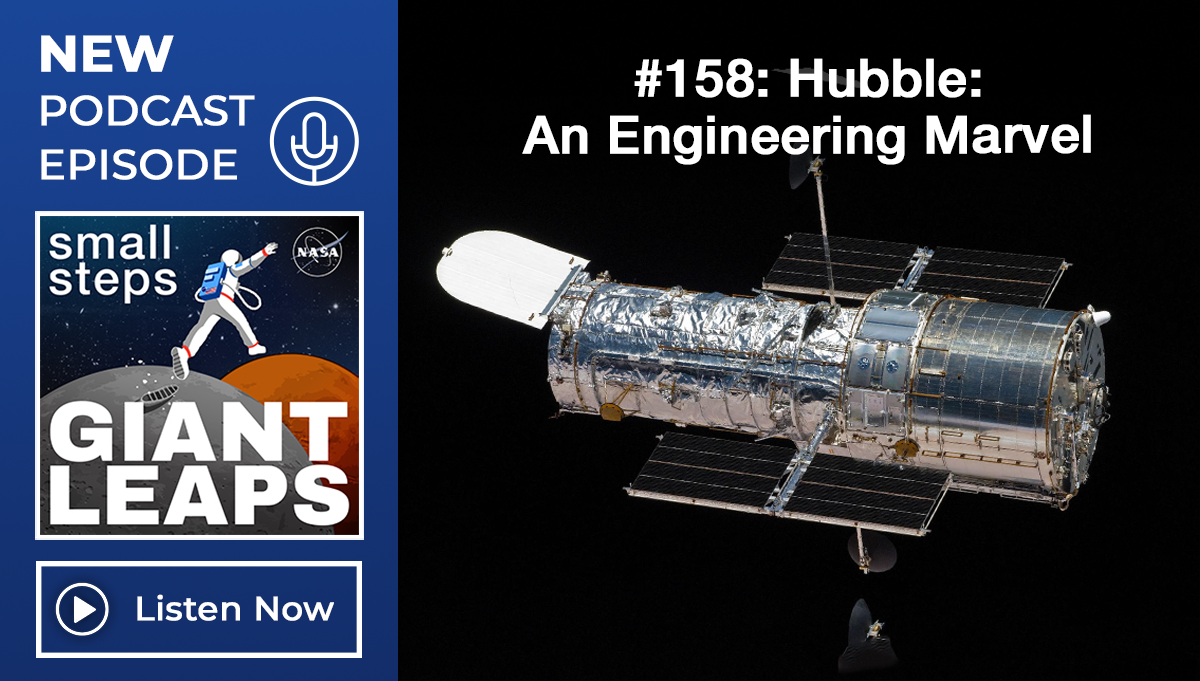By Ed Hoffman Who is responsible for the knowledge that NASA creates? Since being named NASA’s Chief Knowledge Officer (CKO) at the beginning of 2012, I have given this question a lot of thought.
ASK Magazine

By Ruth McWilliams and Rex Elliott “Chris” works on a project with a tight deadline as part of a small team at a fairly remote site. The new head of his group has been with NASA for six months, after a long hiring process that resulted in the selection of an external candidate.
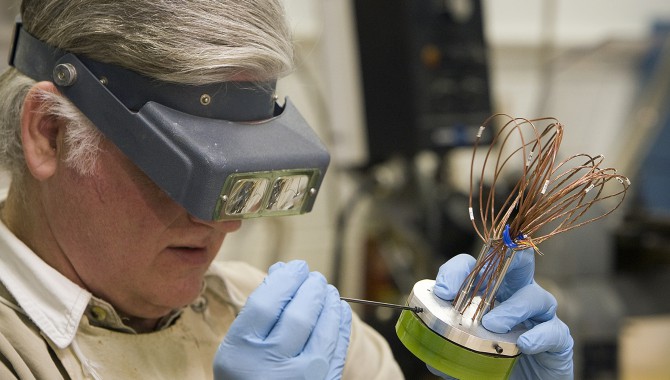
By Keith L. Woodman and Paul W. Krasa Requirements change. Policies change. Personnel change. Projects are constantly exposed to internal and external challenges, and an inability to respond has been many a project’s demise.

By Don Cohen To put it in the simplest terms, social capital is the value of the connections between people. NASA projects require a variety of resources. Money, of course. Appropriate technical and management skills.
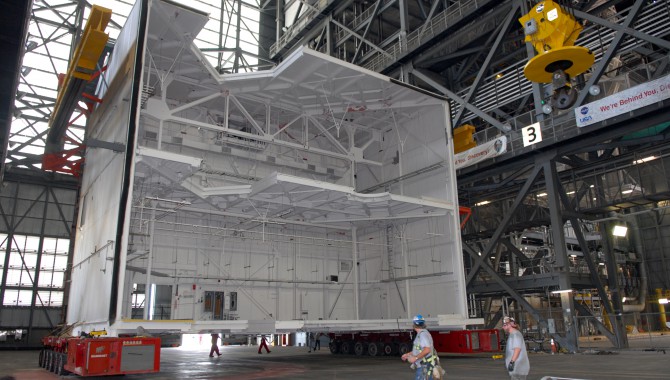
By Jose Lopez The challenge is twofold. First, as with any aging structure, much of the piping, HVAC, fire-protection, electrical, communications, and other systems are outdated or beyond their intended lifespan.
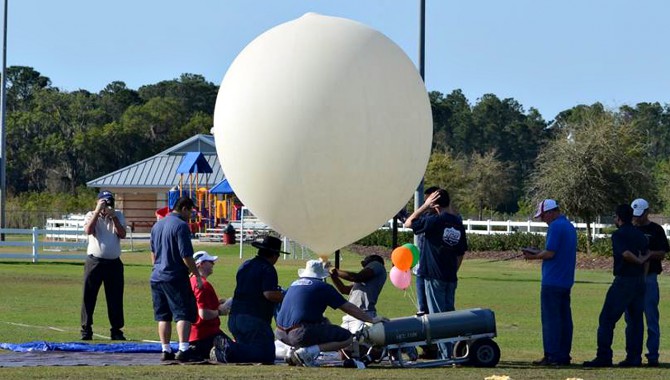
By Steven Sullivan and Chris Iannello Good systems engineers can handle technical leadership and systems management.
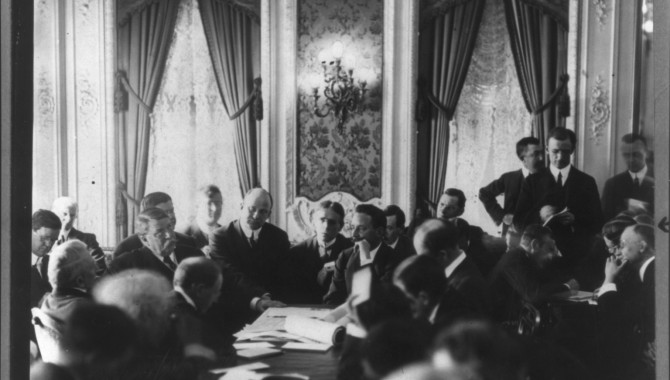
” … my purpose is to ascertain what lessons this disaster teaches us … ” —Senator I. Raynor, May 28, 1912, during the U.S. Senate Inquiry on Titanic Disaster On April 15, 1912, the “unsinkable” RMS Titanic sank during its maiden voyage only 2 hours and 40 minutes after hitting an iceberg.

By Manson Yew This article has been several years in the writing. Sure, part of the reason it took so long was lack of time; part of the reason was fear of putting words out there, though I had no problem talking about the NASA Engineering Network (NEN).
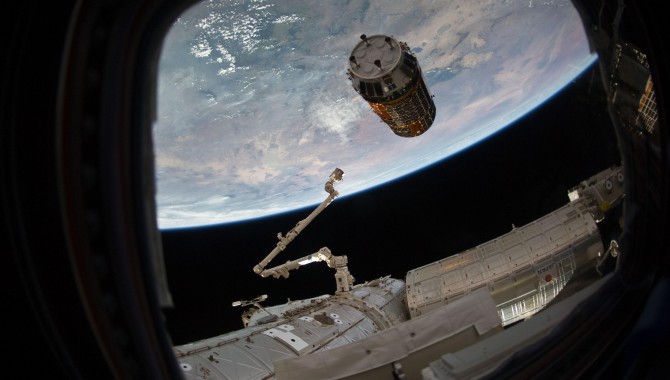
Based on an interview with Lyn Wigbels The International Space Station (ISS) is a technological marvel. The size of a football field, with a mass of almost one million pounds, it has been continuously inhabited by astronauts and cosmonauts for more than ten years.




